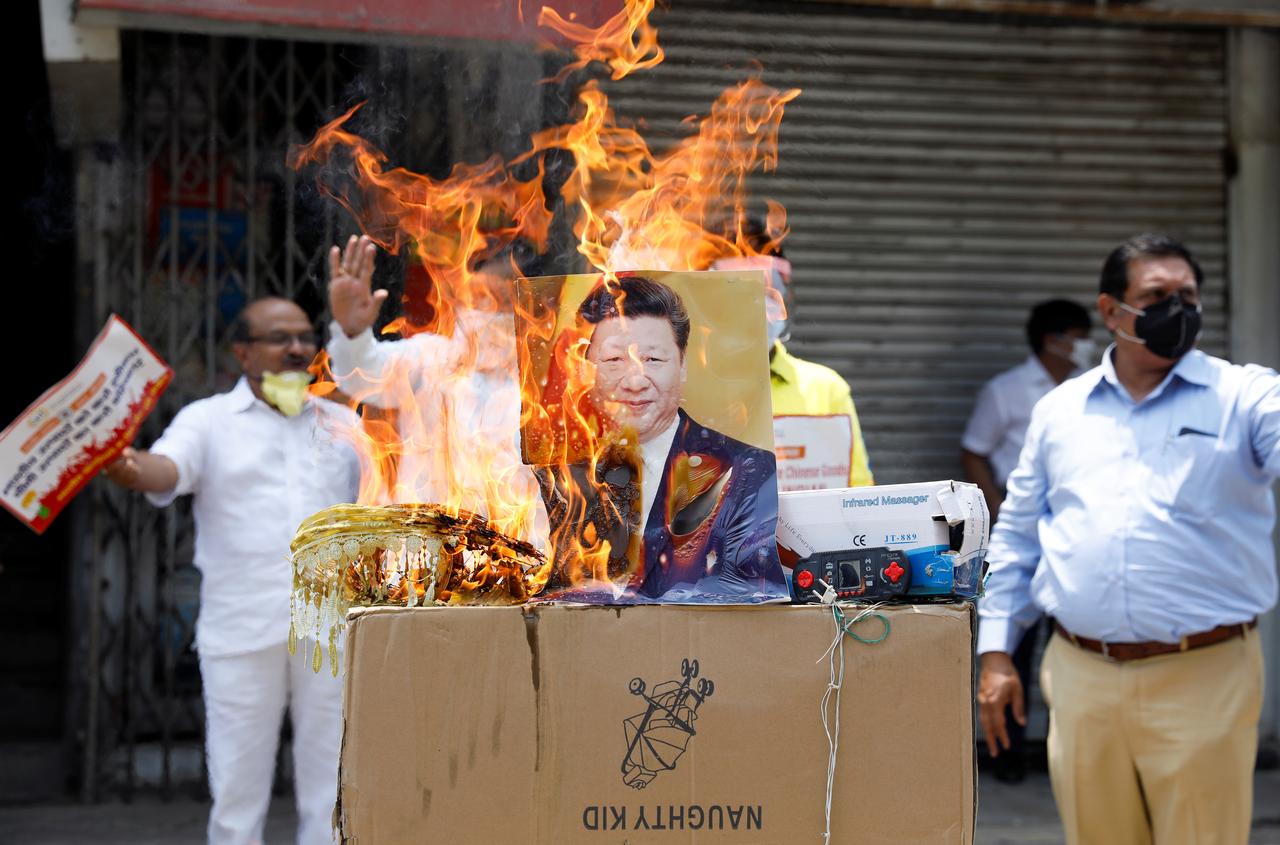The tension between the world’s two most populous countries has grabbed international concerns, with the United States urging both countries “to exercise maximum restraint.” The nuclear-armed Asian powers India and China share a long history of conflicts and mistrust along their border. These two countries are the world’s two most populous countries
Why are tensions rising now?
The deaths of 20 Indian soldiers in a conflict with Chinese troops were the deadliest clash between the two nations in decades.
What is the conflict between India and China
The conflict started back to 1914, when representatives from Britain, the Republic of China, and Tibet gathered in Simla, in what is now India, to negotiate a treaty that would determine the status of Tibet and effectively settle the borderline between China and British India.
India and China have never agreed on the length and areas of their “Line of Actual Control” in the Himalayan region. The Chinese refused to sign the deal. But Britain and Tibet signed a treaty establishing what would be called the McMahon Line. India maintains that the McMahon Line, a 550-mile frontier that extends through the Himalayas, is the official legal border between China and India. But China has NEVER accepted it.
 India and China fought a war in 1962, but the border issues have continued, with Beijing claiming the Indian state of Arunachal Pradesh and New Delhi considering China-controlled Aksai Chin as its territory. It’s been more than 20 years that India and China clashed regarding the border.
India and China fought a war in 1962, but the border issues have continued, with Beijing claiming the Indian state of Arunachal Pradesh and New Delhi considering China-controlled Aksai Chin as its territory. It’s been more than 20 years that India and China clashed regarding the border.
What happened on June 15?
The Galwan Valley is located in the west of Aksai Chin, Xinjiang. This is a severe cold plateau area with an average altitude of more than 5000 meters. The air is thin here and the ground is bare. There are no people within tens of thousands of square kilometers. As border tensions between India and China simmered, China on 18 May 2020 accused India of “trespassing and illegally building defense facilities” in the Galwan Valley area which lies in the contested Aksai Chin space.
The conflict on June 15 was started by a disagreement over two Chinese tents and observation towers that Indian officials said had been built on its side of the LAC.
Chinese troops breached the Line to set up temporary “structures” in the Galwan Valley even after military officials had reached an agreement on June 6 to de-escalate. The problem arose when an Indian patrol visited the area near a ridge to verify a Chinese assertion that its troops had moved back from the LAC. The Chinese troops had thinned out, leaving behind two tents and small observation posts, which the Indian party demolished.
A large group of Chinese soldiers arrived and confronted the Indian troops. It was not clear what happened next, but the two sides soon clashed, the Chinese soldiers reportedly using iron rods and batons with spikes, killing 20 Indian soldiers and wounding others. China has not revealed the number of losses in the hand-to-hand conflict. Although, India claimed China lost at least 40 soldiers in the clash.
Satellite pictures taken by Earth-imaging company, Planet Labs, in the days leading up to the clash, also suggest increased Chinese activity at the Galwan Valley.
In addition to its dispute with China, India has found itself at loggerheads with two other neighbors – long-standing rival Pakistan, and Nepal. Nepal and India have historically enjoyed good ties but now find themselves engaged in what experts have called a cartographic war over border regions.
What happened after?
The reaction in India to Chinese has been one of outrage, with citizens and trade associations calling for the Modi government to boycott Chinese products. All over India, the Chinese posters were seen burning.
Beijing is India’s biggest trading partner with annual trade worth of $92 billion. The trade imbalance between the two is significant and favors China heavily.
This time is also seen as the only possible way because both countries have so much to lose in a military conflict. Moreover, both countries have the ability to solve the dispute through high-level talks.
“China has no intention to escalate tensions and I think India also doesn’t want a conflict. But the situation depends on both sides. The Indian government should not be guided by the nationalistic media comments,” says Dr. Long Xingchun of the CIWA in Chengdu.
According to Pratyush Rao, associate director for South Asia at Control Risks consultancy, “Both countries have a clear interest in prioritizing their economic recovery” and avoiding military escalation.
As per the reports, Russia has played a key diplomatic role amid tensions between India and China. As of now, both countries agreed to settle on a peaceful solution.
But, we never know what comes next. China can’t be trusted and the world knows that.
Do you think India and China will go to war?
Is it a good way to resolve the border issue?
Share your view with us in the comment box.







